Boston Metal completed its first run of an industrial reactor that uses electricity to make steel.
Get the latest international news and world events from around the world.

Novel Gene Therapy Trial for Sickle Cell Disease Launches
UCSF Benioff Children’s Hospital Oakland is enrolling patients in an innovative clinical trial that seeks to cure sickle cell disease. The trial is the first in the U.S. to apply non-viral CRISPR-Cas9 gene-editing technology in humans to directly correct the genetic mutation that causes the disease.


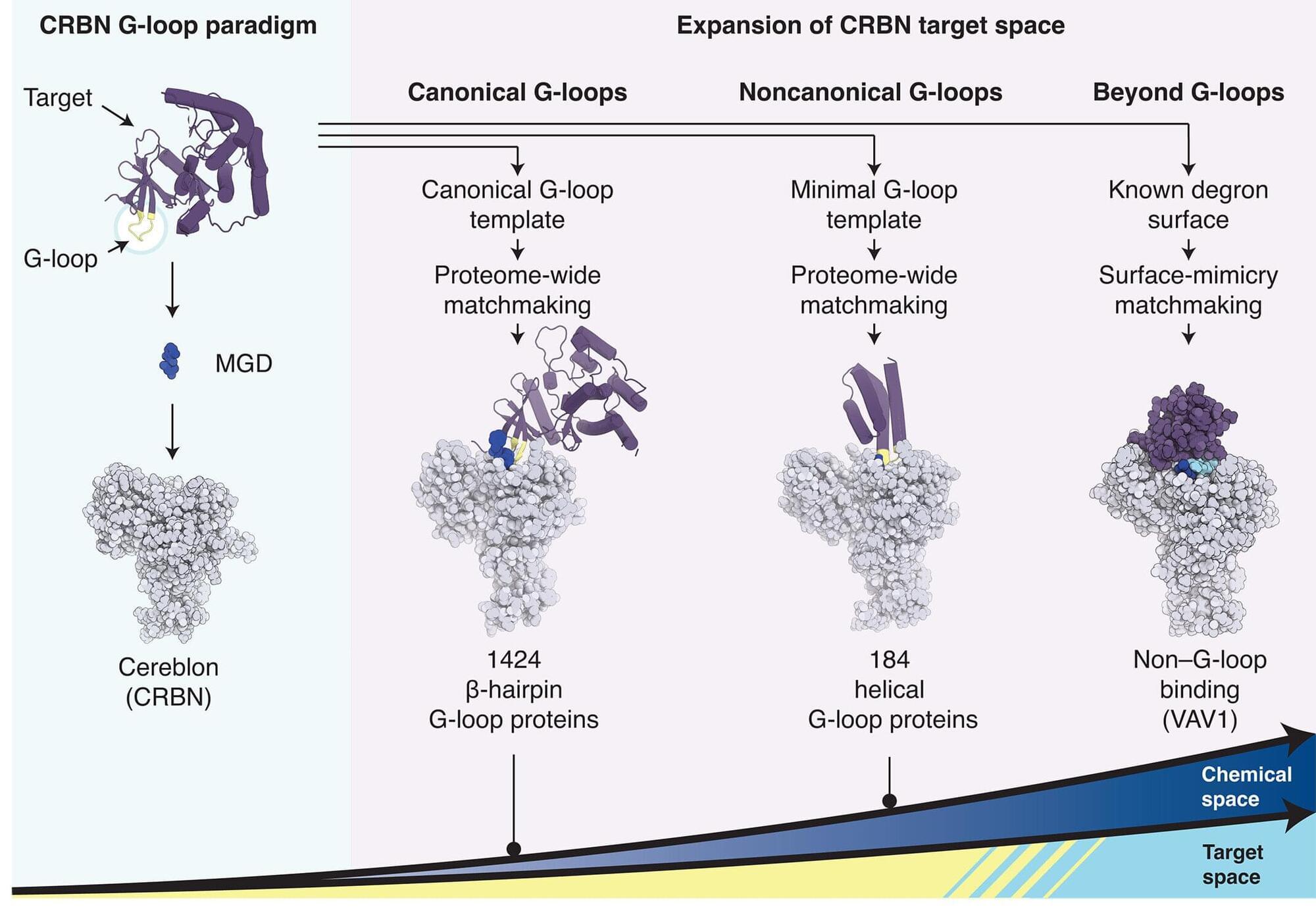
Data mining uncovers treasure-trove of previously ‘untouchable’ proteins for drug development
Molecular glues, tiny molecules that connect one protein to another, are promising targets for pharmaceutical research. By linking a disease-related protein to one that triggers a cell’s demolition and recycling pathways, pharmaceutical researchers have been able to develop novel therapies for otherwise drug-resistant diseases.
It was thought, however, that this approach to drug development was limited to only those proteins that had a specific surface feature called a beta-hairpin loop motif.
Expanding on this once-narrow discovery space, new research published in the journal Science has uncovered a vastly wider array of protein surface features capable of binding with a molecular glue degrader (a pharmaceutical version of a molecular glue molecule). These results may open new pathways for treating diseases by targeting proteins previously thought to be ‘untouchable’ to drug therapies.
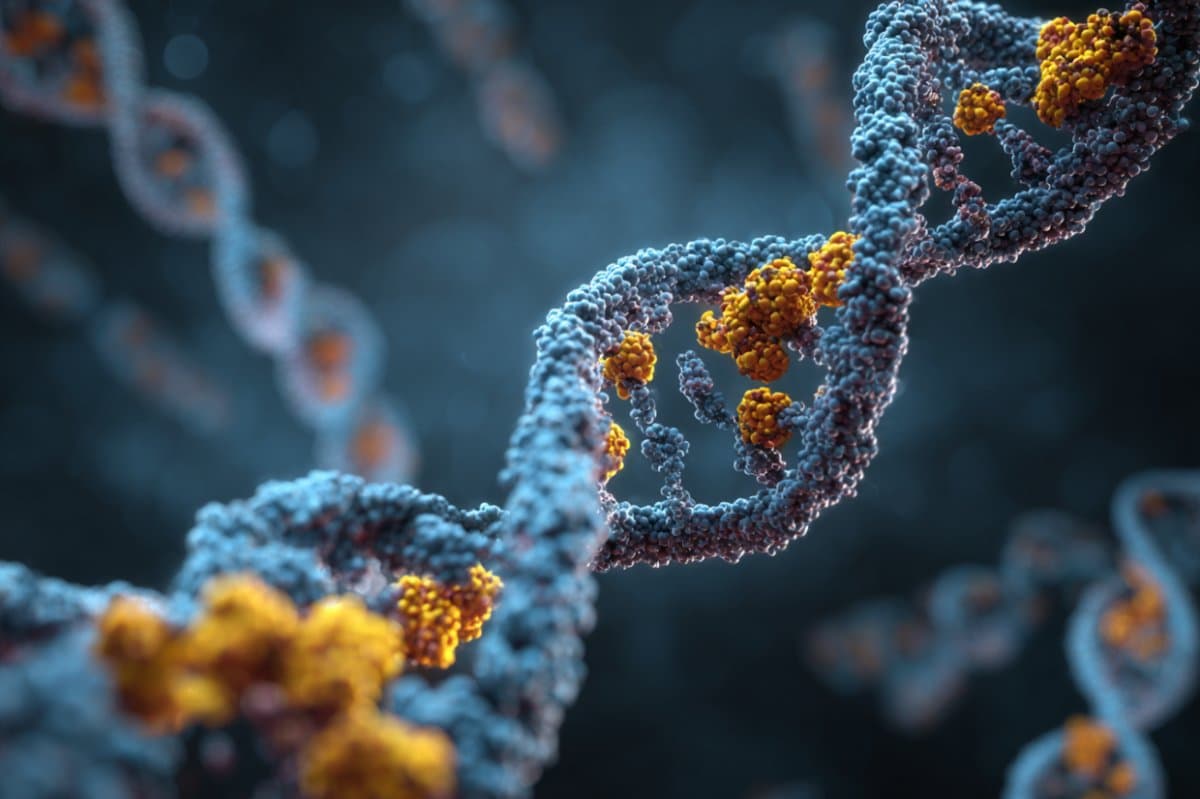
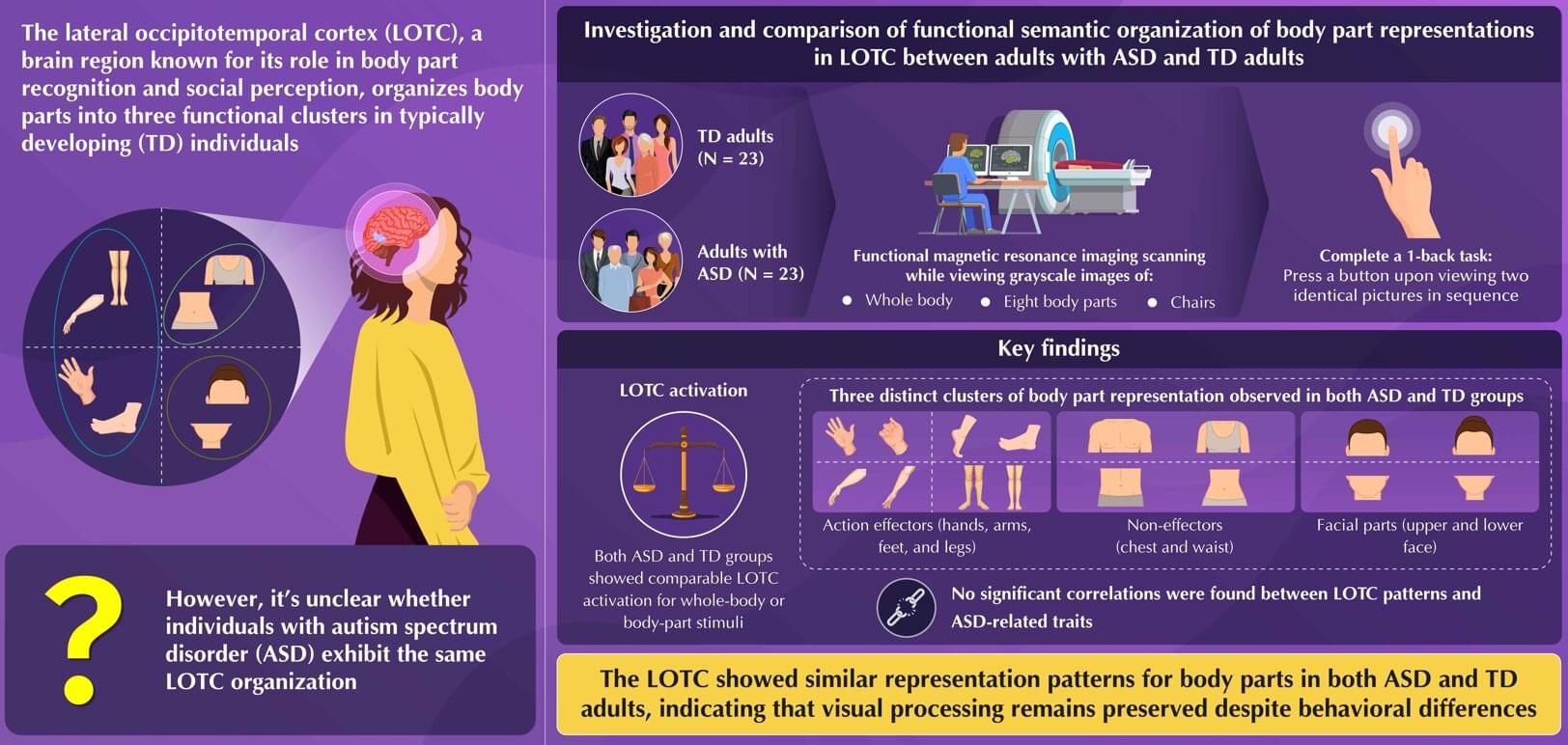
Adults with autism show similar brain mapping of body parts as typically developing adults
Autism spectrum disorder (ASD), a neurodevelopmental condition, is often associated with difficulties in social communication and repetitive behavior. Previous research reveals that people with ASD often find it challenging to interpret intentions from body language and have difficulty recognizing faces and emotions, which may contribute to their social communication problems.
Scientists speculate that these challenges might arise from differences in how the brain perceives faces and body parts, i.e., how individuals with ASD represent the human body. However, until now, no study had clearly mapped how body parts are represented in the brains of adults with autism or whether that organization differs from normal or typically developing (TD) adults.
In a detailed neuroimaging study involving adults in Japan, researchers addressed this knowledge gap by examining how ASD represents body parts in the brain. This study was published in the journal Imaging Neuroscience. A team of researchers used functional magnetic resonance imaging (fMRI) to compare brain activity patterns in adults with ASD and TD adults as they viewed images of body parts.
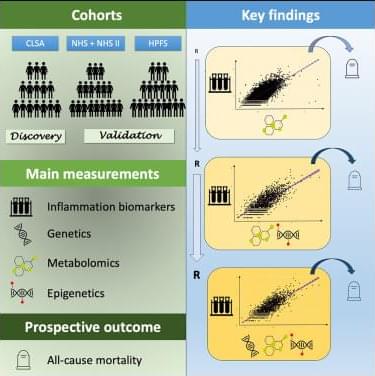
Cross-omics risk scores of inflammation markers are associated with all-cause mortality: The Canadian Longitudinal Study on Aging
We developed single-and multi-omics risk scores to assess blood inflammation markers and validated them across three cohorts. Our multi-omics models outperformed blood markers in predicting all-cause mortality, offering a more comprehensive approach to capturing inflammation burden. This may help identify at-risk populations for targeted interventions to reduce inflammation-related mortality.
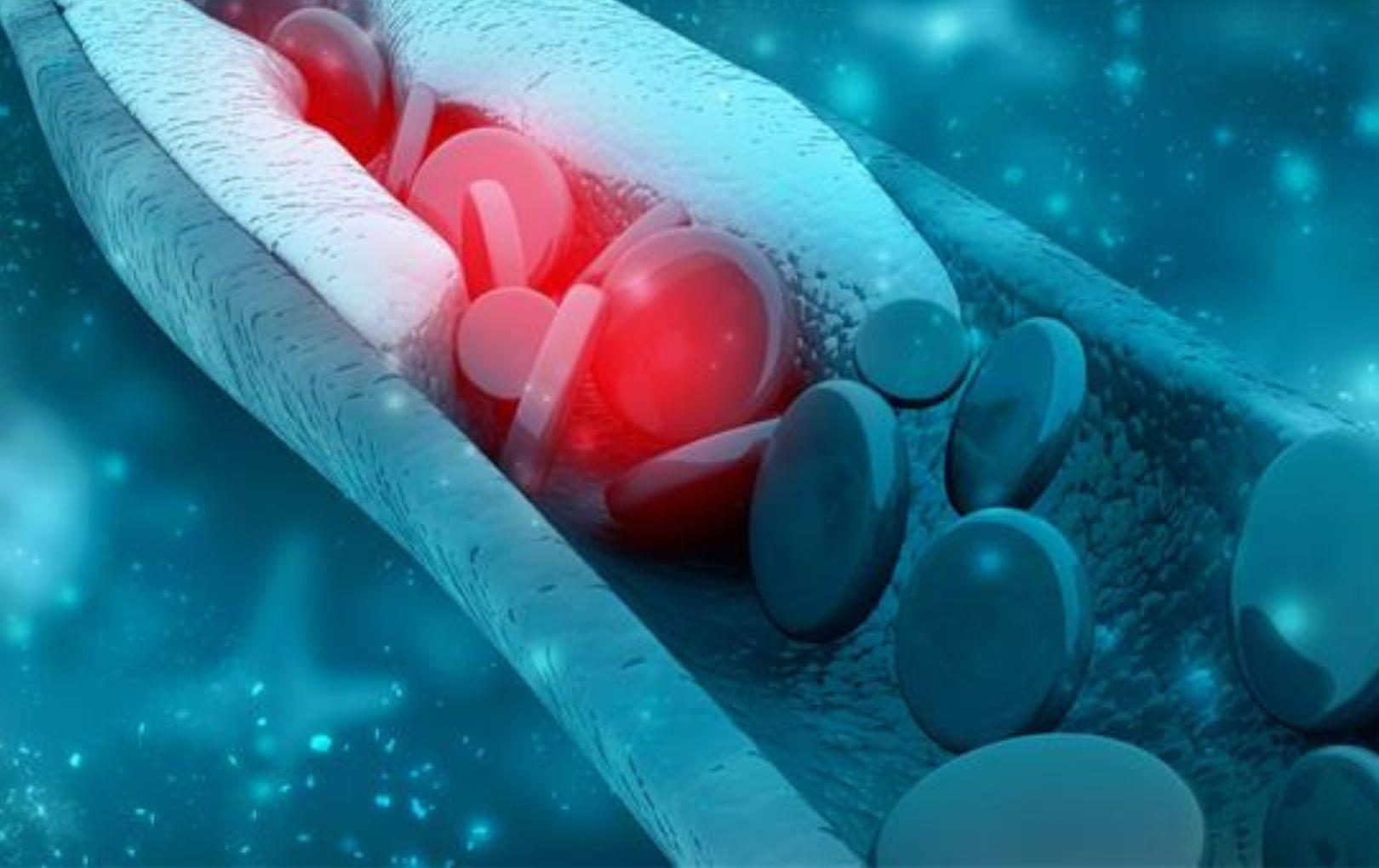
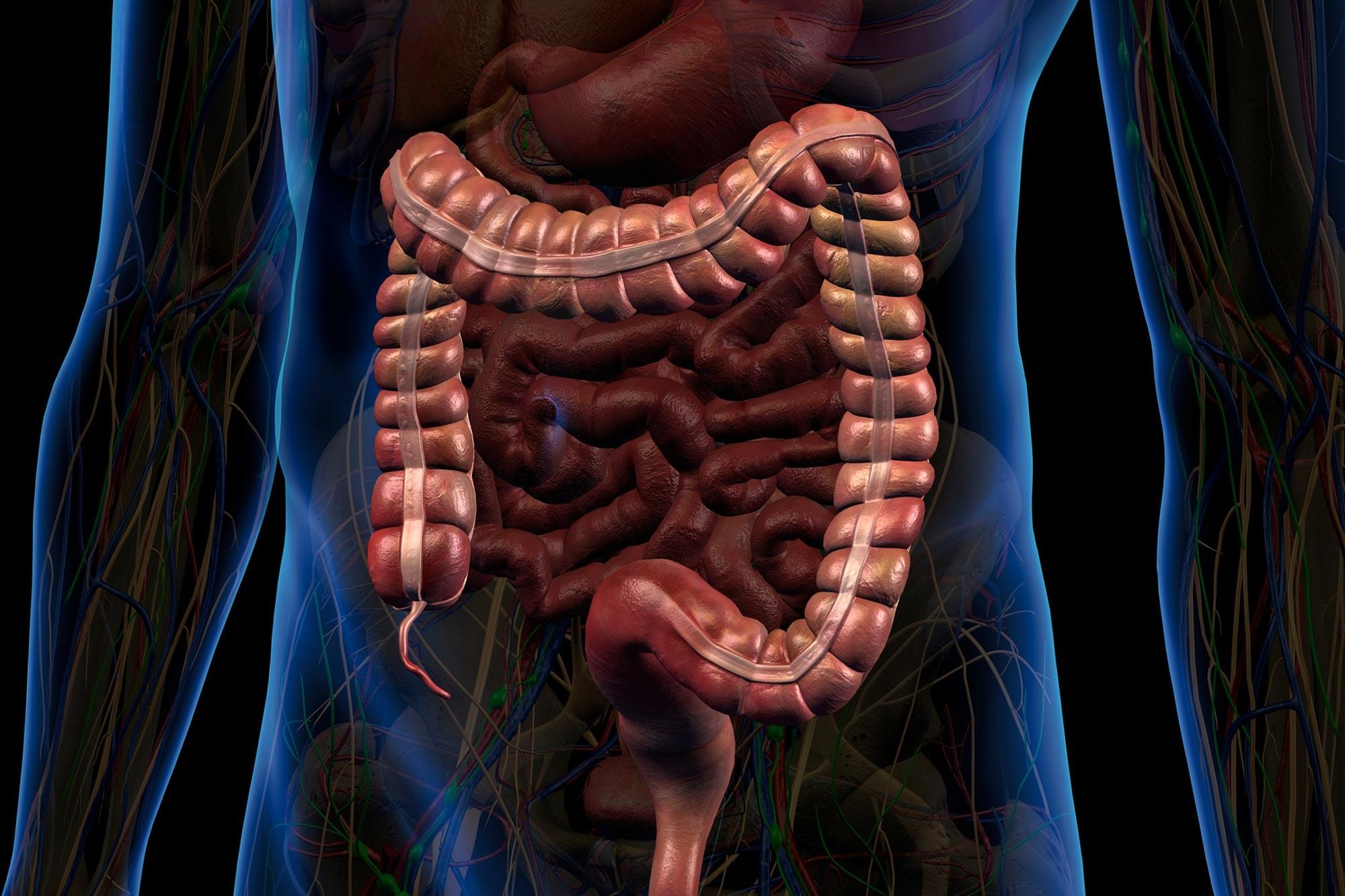
Caltech’s New Smart Pill Can Read Your Gut Like Never Before
Researchers are gaining a deeper appreciation for the critical role the gastrointestinal (GI) tract plays in maintaining overall health. Beyond its primary responsibilities in digestion, the GI system contributes to the production of hormones, immune cells, and neurotransmitters that influence brain function and emotional well-being.
Because of this, the GI tract contains a wide array of biomarkers that are valuable for diagnosing, tracking, and managing disease—from short-chain fatty acids associated with metabolic syndrome to cytokines linked to inflammation.
However, current technologies fall short when it comes to capturing this biochemical information directly from the GI tract. Existing methods, such as fecal sampling and tissue biopsies, are often invasive, costly, and unable to deliver continuous or comprehensive real-time data throughout the length of the digestive system.